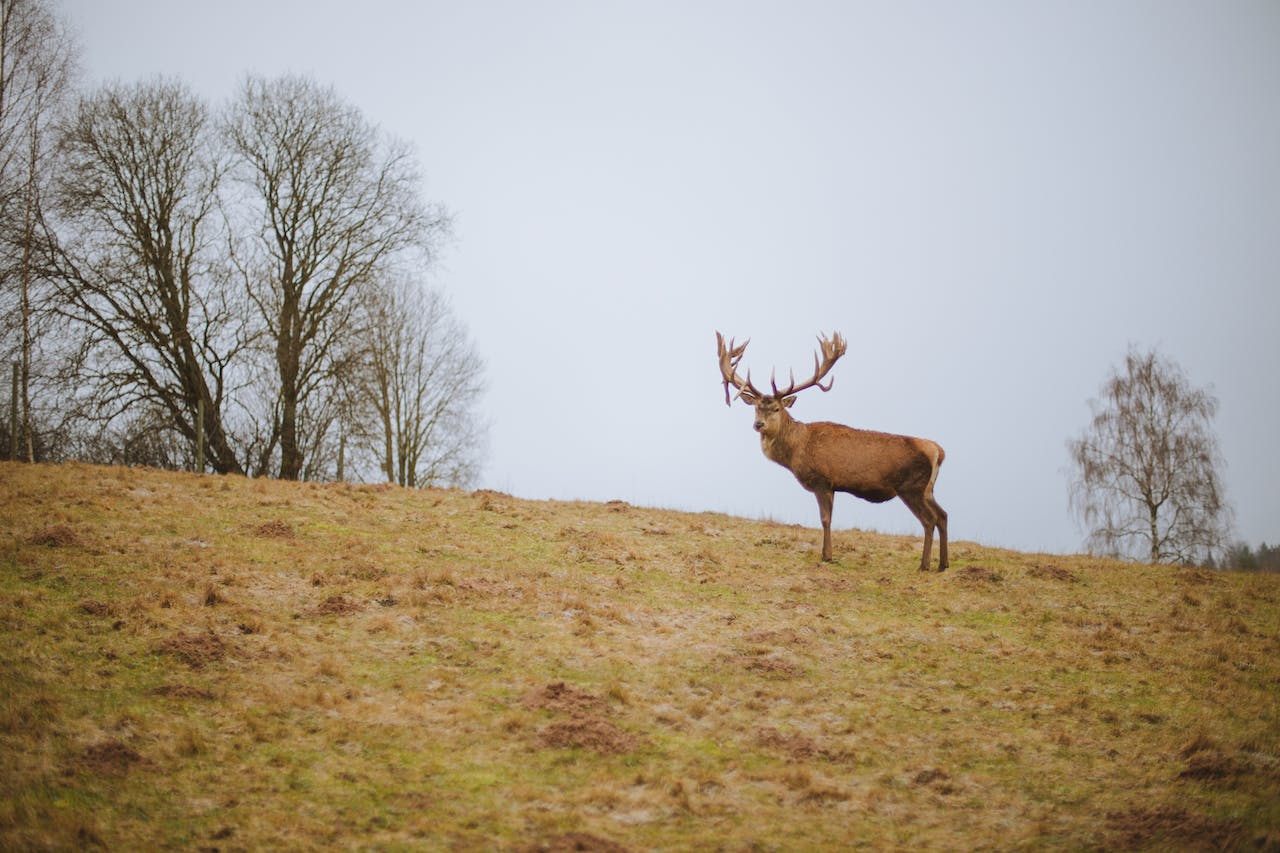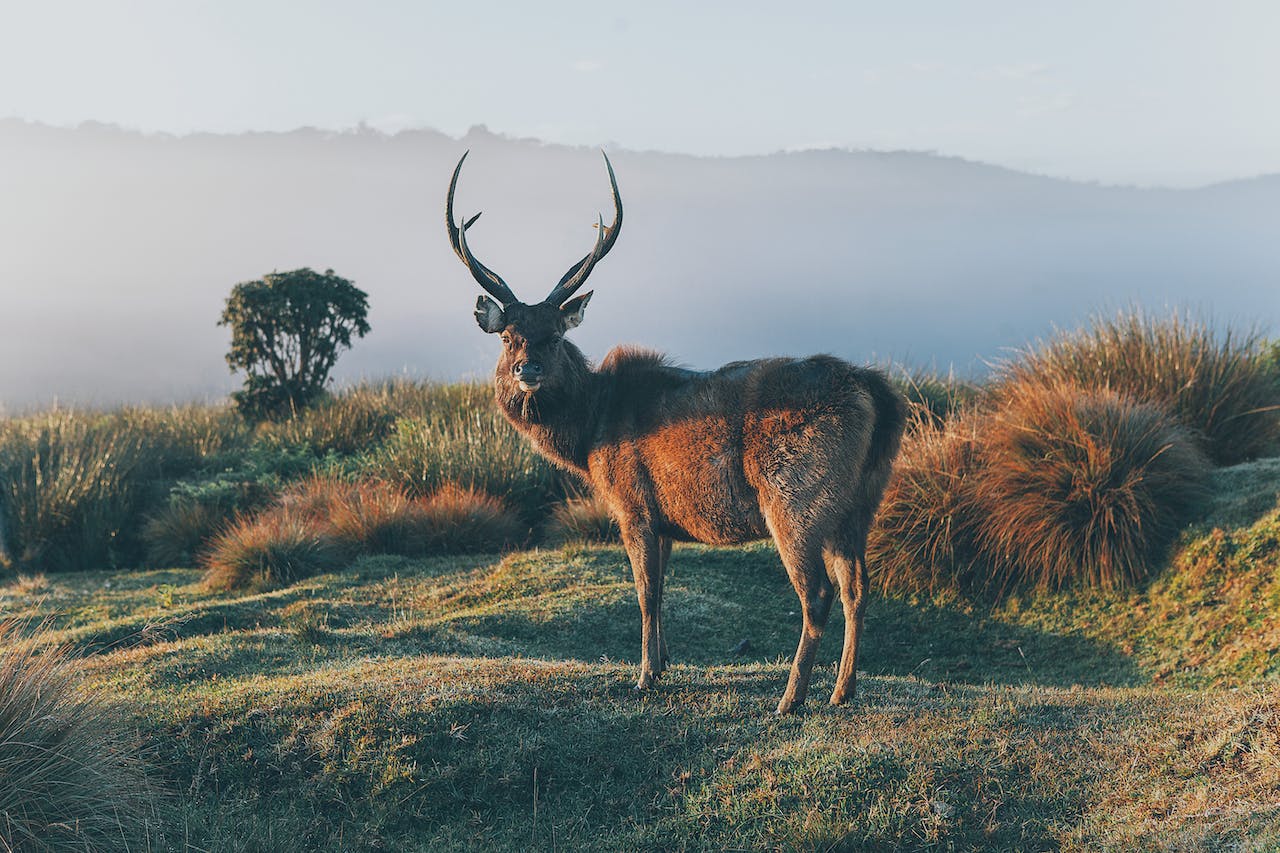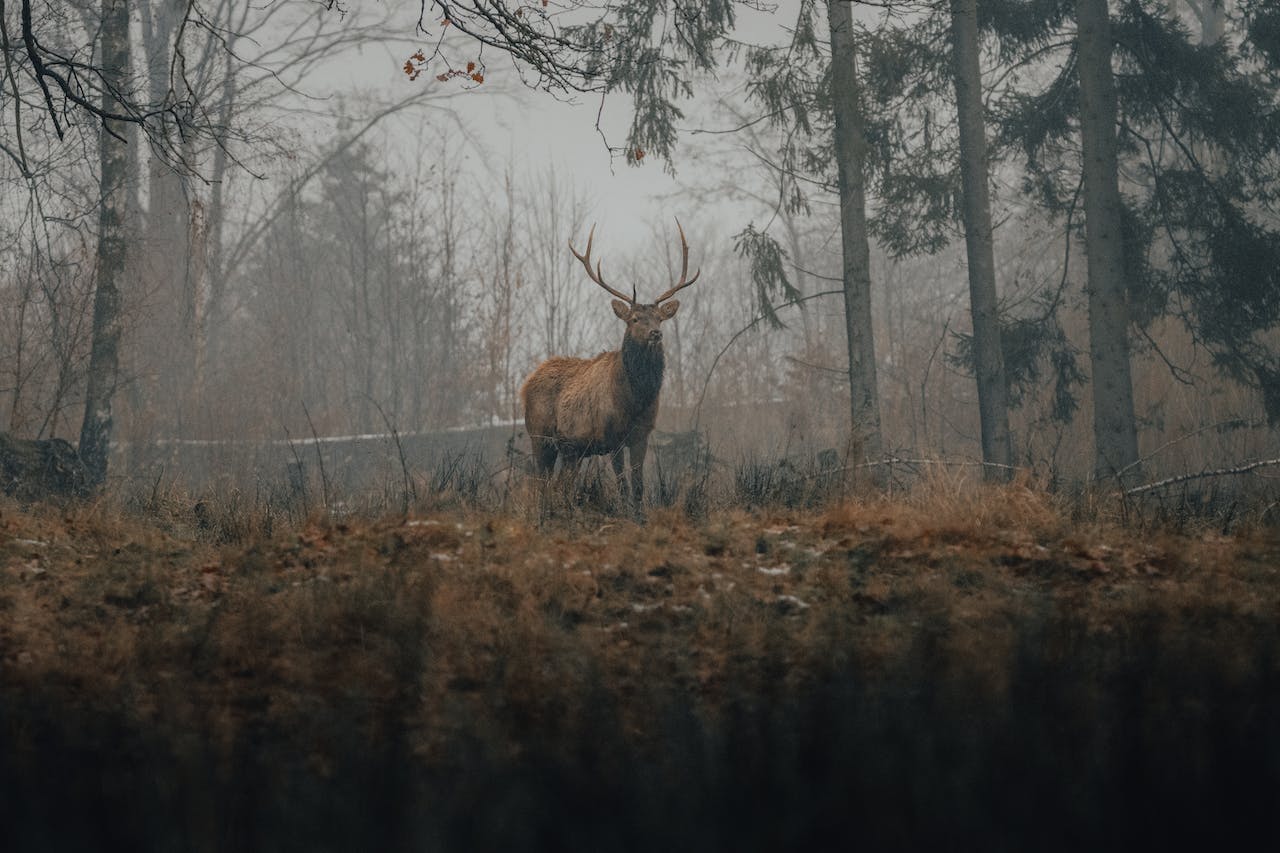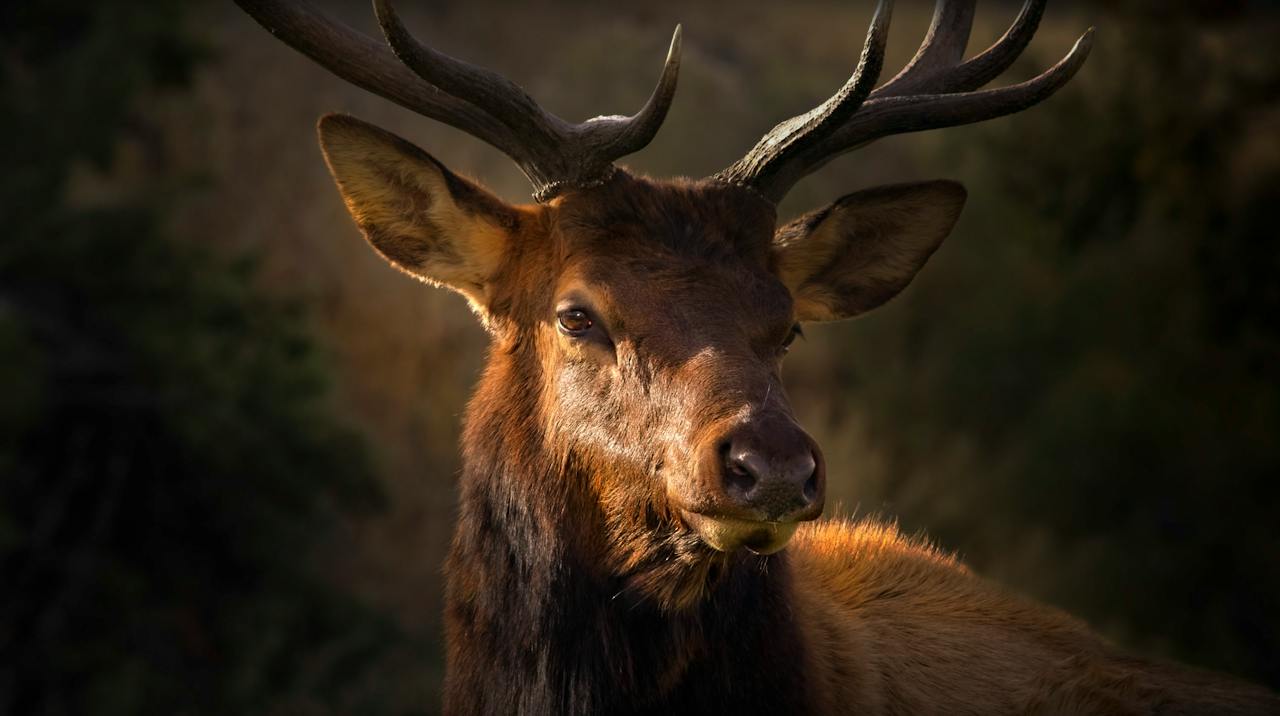How Many Deer Can You Kill In Kansas?
In this article, you will delve into the regulations, restrictions, and recommendations on how many deer can you kill in Kansas.
Author:Mia ThompsonReviewer:Calvin PenwellNov 16, 202323K Shares721.8K Views
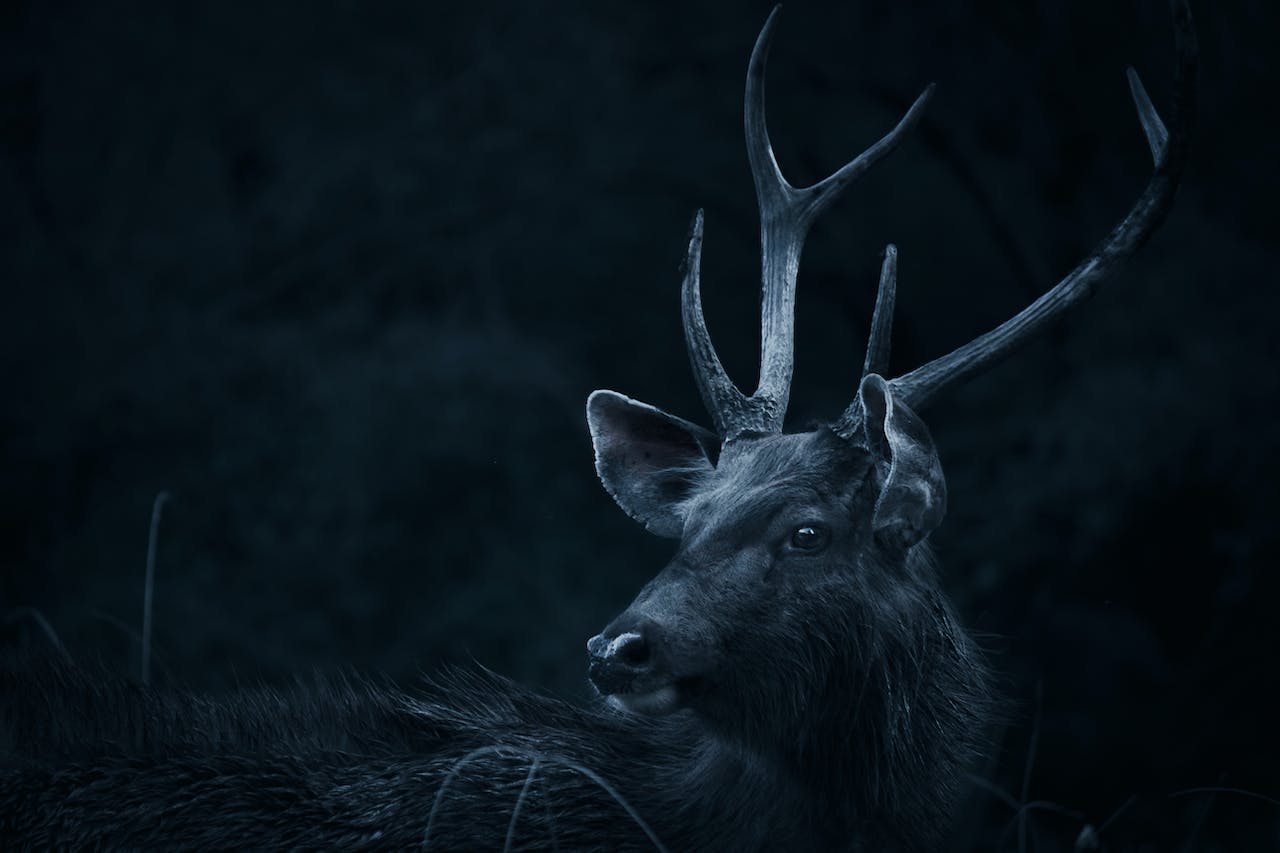
Kansas, with its rich hunting traditions and diverse wildlife, offers a unique and exciting experience for hunters, particularly deer hunters. Whether you're a seasoned hunter or just starting, understanding the regulations surrounding deer hunting in Kansas is essential to ensure both a successful and responsible hunt. In this article, you will delve into the regulations, restrictions, and recommendations on how many deer can you kill in Kansas.
Kansas, A Hunter's Paradise
Kansas, often referred to as the "Sunflower State," boasts an abundance of natural beauty and wildlife, making it a prime destination for outdoor enthusiasts. The state is home to a thriving deer population, with both whitetail and mule deer species. Kansas's varied landscapes, including farmlands, prairies, and woodlands, provide an ideal habitat for deer, leading to excellent hunting opportunities.
However, with great opportunities come significant responsibilities. Kansas has a well-regulated hunting system in place to maintain healthy deer populations and sustainable hunting practices. Hunters must be well-versed in the rules and guidelines to ensure they are hunting within the boundaries of the law.
Types Of Deer Seasons
Various equipment may be employed throughout various deer seasons in Kansas. There are three primary sorts of seasons: firearm, muzzleloader, and archery. Additionally, the seasons could only be available to antlerless deer and in specific units.
Starting on the first Saturday in September, the Youth/Disabled season runs over eight days. The next day marks the start of the 14-day Muzzleloader season. The day after the Youth/Disabled season, December 31, is also when the archery season begins. Open for three days starting on the second Saturday in October, is the Pre-rut Whitetail Antlerless Firearms Season. The last day of November marks the start of the 12-day Regular Firearm Season.
Regulations For Different Seasons
There is equipment unique to each deer season that may be used. The authorized firearms for each season are listed here, along with any other unique regulations that may be relevant.
Archery Season
During archery season, crossbows, longbows, recurve bows, and compound bows are all permitted. It is forbidden to use any electrical device that directs the arrow's flight. Broadheads put onto arrows must have a minimum diameter of ¾ of an inch when completely inflated. Chemicals or drugs may not be used to tip arrows.
While hunting, hunters are allowed to carry non-broadhead arrows, but they cannot be used to take down deer. Additional permitted components include:
- Radio-frequency locating devices on arrows and draw-lock devices on bows.
- Lit nocks.
- Rangefinders.
- Lighted pin, dot, or holographic sights.
- Video recording devices.
Using firearms is prohibited during the archery season.
Muzzleloader Season
During this season, muzzleloading guns are permitted. Weapons such as muskets, pistols, and rifles that let bullets be fed through the front of the firing chamber are permitted. Cartridge-firing modern guns are prohibited. The minimum caliber for muzzleloaders is 40, and they may shoot hard-cast solid lead, conical lead, sabotage, or tumble-on-impact bullets.
Firearm Season
During this season, modern weapons like shotguns, rifles, and pistols may be utilized. Centerfire cartridges are required for rifles and pistols, and bullets that expand, hard-cast solid lead, soft point, hollow point, or tumble-on-impact are acceptable. Firearms with automatic firing capabilities are prohibited. Slug ammo may be used in shotguns of any gauge. During this season, weapons with muzzleloaders and archery may be utilized.
Youth - Disabled Season
Youth hunters (17 years of age and under) who have a valid deer permit may hunt during this season. The permission specifies the legal equipment, which is summed up as a firearm, muzzleloader, or archery. Young hunters need to be closely supervised by an adult who is at least 18 years old. During this season, hunters with disability permission are also permitted to hunt.
Extended Firearm Whitetail Antlerless Seasons
January usually has four seasons that are available for hunting, just antlerless whitetail deer. During this season, antlerless deer may not have any visible antlers sticking out of their skulls. These seasons have different dates according to the unit, and there may be a firearms or archery season as well. Check the most recent dates and season types since they might change annually.
How Many Deer Can You Kill In Kansas - Bag Limit
Bag limits in Kansas are designed to manage deer populations and ensure sustainable hunting practices. The specific regulations may change from year to year, so it's crucial to consult the most recent hunting guides and resources provided by the KDWPT for up-to-date information—however, here is a general overview of how bag limits are determined.
Whitetail Deer
- In many Kansas hunting units, the bag limit for whitetail deer is one buck (with specific antler restrictions) and one antlerless deer during the firearm season.
- During archery and muzzleloader seasons, the bag limits may vary, and additional permits may be available for antlerless deer.
Mule Deer
- Bag limits for mule deer vary significantly across units, with some areas offering limited opportunities due to population conservation efforts.
- The KDWPT may implement restrictions on the number of mule deer that can be harvested each year to maintain sustainable populations.
It's important to emphasize that the bag limits, regulations, and antler restrictions can change each year based on population data, habitat conditions, and conservation goals. Therefore, hunters must check the most recent hunting guides and updates from the KDWPT before heading into the field.
Procedure To Apply For Your Kansas Deer Permit
Applications open in April! Both citizens and non-residents must apply for the majority of deer permits in Kansas.
- June 9, 2023, is the deadline for applying for a weapon or muzzleloader license.
- Non-resident applications for whitetail rifles are $25.
- Unused licenses could be given out after the draw according to first-come, first-served.
- Archery permits may be obtained over the counter until October 1, 2023.
- After the draw, antlerless licenses are unlimited if the quota permits.
- Register and submit your online applications for deer permits at https://www.kshuntfishcamp.com. Please make a note of this in your calendar so you can catch it.
You may have a successful deer hunt in Kansas if you research the regulations, hunting seasons, and permit needs. Use this information to have a successful deer season in 2023–2024. Please get in touch with the Kansas Department of Wildlife and Parks for comprehensive details and legal requirements.
Where To Hunt Deer In Kansas
In Kansas, deer hunting is allowed on a lot of public land:
Walk-in Hunting Access Areas
The WIHA program covers over a million acres of private land. Need authorization.
Wildlife Management Areas
There are around 400 WMAs that are classified as wildlife management areas; their sizes range from 40 to over 10,000 acres.
State Parks
There are restrictions on deer hunting. However, it is permitted in several state parks.
Federal Areas
Hunting is allowed on federal property, including national forests, Army Corps lakes, and national wildlife refuges when the conditions are perfect.
Public lands provide excellent deer hunting opportunities, especially for non-resident hunters. Take care to look at many areas to find places where deer populations are doing well.
Harvesting Deer In Kansas - Conservation And Ethics
While knowing the legal limits and regulations for harvesting deer in Kansas is essential, responsible and ethical hunting practices go beyond mere compliance with the law. Hunters play a vital role in wildlife conservation and maintaining healthy deer populations in the state. Here are some fundamental principles to keep in mind:
Selective Harvest
Responsible hunters prioritize selective harvest. This means choosing to take mature deer rather than young or undersized animals. Selective harvest contributes to the overall health and genetics of the deer population.
Habitat Preservation
Hunters should also be stewards of the land. Participating in habitat preservation and restoration efforts benefits all wildlife and ensures future hunting opportunities.
Safe And Ethical Hunting
Practicing safe hunting and ethical behavioris fundamental. This includes following firearm safety rules, treating harvested animals with respect, and adhering to hunting ethics and principles.
Reporting And Data Collection
Reporting your hunting success, as well as any observations of sick or diseased deer, can aid in wildlife management efforts. The data collected helps in making informed decisions about deer populations.
How Many Deer Can You Kill In Kansas - FAQs
Are There Specific Regulations For Hunting Whitetail And Mule Deer In Kansas?
Yes, Kansas has specific regulations for hunting whitetail and mule deer. Bag limits, antler restrictions, and hunting seasons may differ between these two deer species.
Can Hunters In Kansas Take More Than One Deer During A Single Hunting Season?
Depending on the hunting season, hunters may be permitted to harvest more than one deer in Kansas. However, bag limits can vary between archery, firearm, muzzleloader, and extended archery seasons.
Do The Bag Limits For Deer Hunting In Kansas Change From Year To Year?
Yes, bag limits for deer hunting in Kansas can change from year to year based on factors such as population data, habitat conditions, and conservation goals.
Are There Special Hunting Seasons For Youth And Hunters With Disabilities In Kansas?
Yes, Kansas offers special hunting seasons for youth and hunters with disabilities. These seasons provide additional opportunities and may have specific bag limits designed to accommodate these groups.
What Is The Role Of Selective Harvest In Responsible Deer Hunting?
Selective harvest is an essential aspect of responsible deer hunting. It involves choosing to harvest mature deer rather than young or undersized animals.
How Can Hunters Contribute To Wildlife Conservation While Deer Hunting In Kansas?
Hunters can contribute to wildlife conservation by participating in habitat preservation and restoration efforts, reporting their hunting success, and sharing observations of sick or diseased deer.
Conclusion
Kansas offers a fantastic hunting experience for deer enthusiasts, with its diverse landscapes and abundant wildlife. To ensure that this experience remains sustainable and ethical, hunters must be well-informed about the state's hunting regulations and guidelines. How many deer can you kill in Kansas? Specific hunting seasons and regulations are subject to change, so it's imperative to consult the most recent resources provided by the Kansas Department of Wildlife, Parks, and Tourism.
Jump to
Kansas, A Hunter's Paradise
Types Of Deer Seasons
Regulations For Different Seasons
How Many Deer Can You Kill In Kansas - Bag Limit
Procedure To Apply For Your Kansas Deer Permit
Where To Hunt Deer In Kansas
Harvesting Deer In Kansas - Conservation And Ethics
How Many Deer Can You Kill In Kansas - FAQs
Conclusion

Mia Thompson
Author
Mia Thompson is a versatile writer at Kansas Press, delving into a range of topics including news, spiritual exploration, astrology, and numerology. With a passion for delivering insightful and informative content, Mia's articles provide readers with valuable perspectives and thought-provoking insights into these intriguing subjects.
She is dedicated to creating content that resonates with readers and fosters a deeper understanding of complex topics.

Calvin Penwell
Reviewer
Since diving into numerology in 1997, my path has been marked by extraordinary encounters and insights. A pivotal moment was uncovering a forgotten numerological manuscript in a tucked-away Italian library, which deepened my connection to the ancient wisdom of numbers. Another transformative experience was a meditation retreat in Nepal's tranquil mountains, where I honed my intuition and the art of interpreting numerical vibrations.
These adventures have not only enriched my numerological practice but also my ability to guide others towards understanding their destiny and life's purpose. My approach is deeply personal, rooted in a blend of historical knowledge and intuitive insight, aimed at helping individuals find their alignment with the universe's abundant energies. My mission is simple: to share the power of numerology in illuminating paths to abundance and fulfillment.
Latest Articles
Popular Articles
